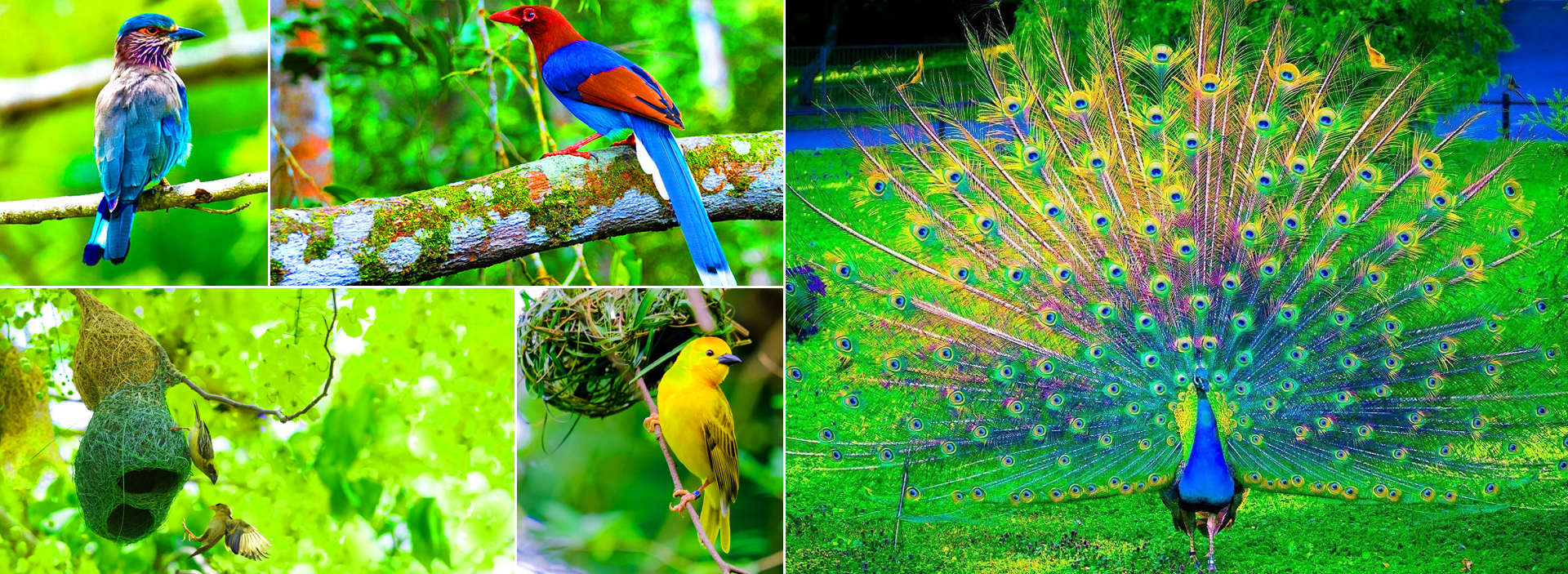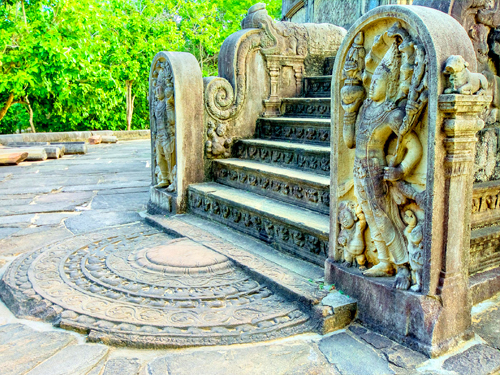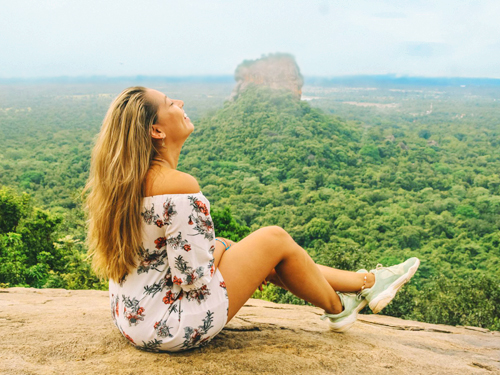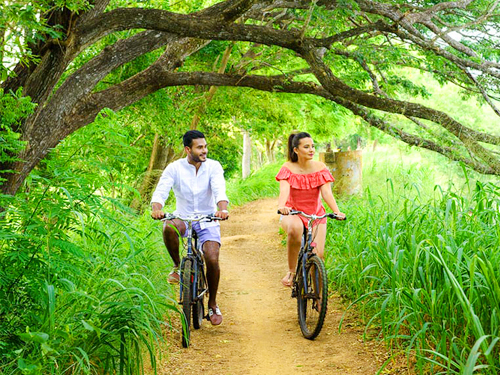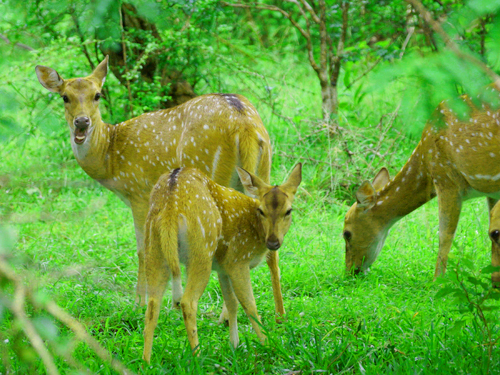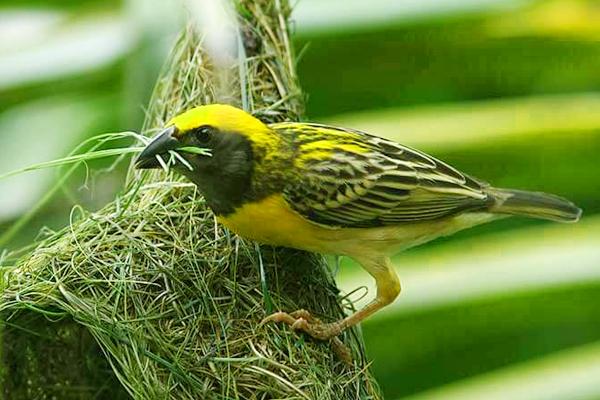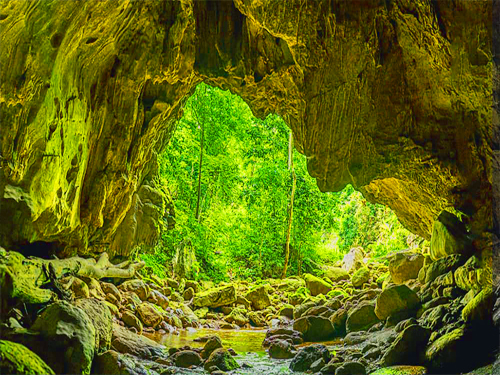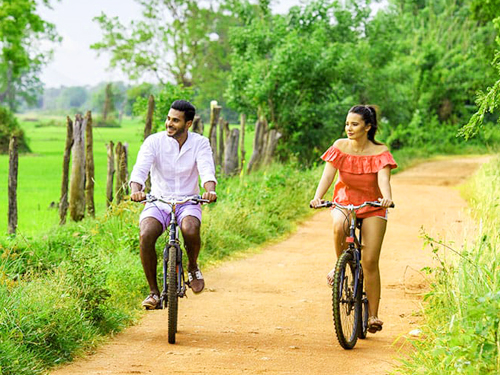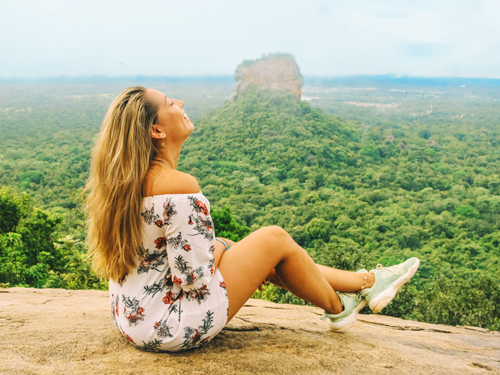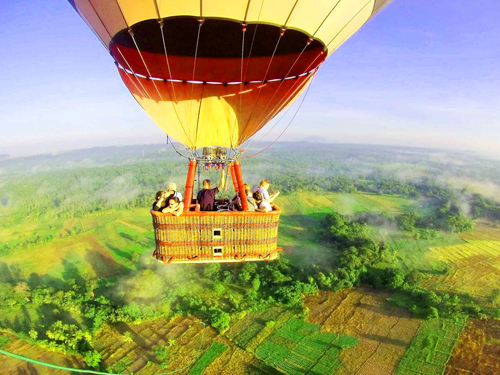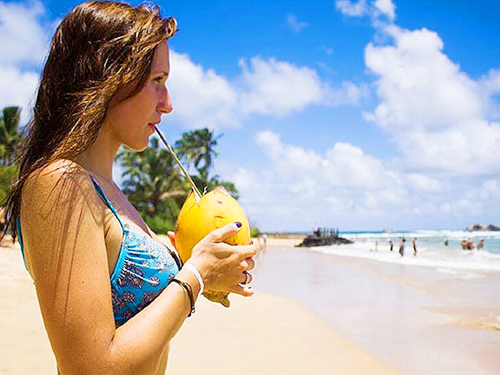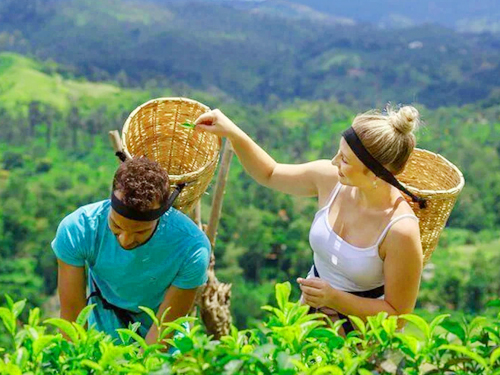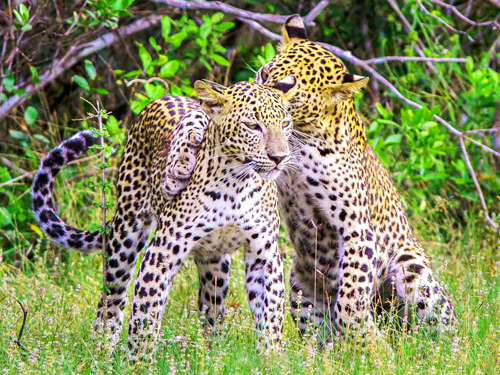Top best places for Bird Watching in Sri Lanka
The first National Park on the rundown is unheard by a lot of people, despite the fact that it is an area safeguarded by the Wildlife Department of Sri Lanka. Situated among Negombo and Puttalam shore, the Anawilundawa Wetland Sanctuary is where three unmistakable eco-frameworks meet. It is one of the six RAMSAR locales in the country. The safe-haven spreads to 1397ha and contains 6 man-made tanks along with 3 fringe tanks making a coordinated water system framework.
Bordered by freshwater lakes and mangroves, which achieve variations of transitory birds and species as well as neighborhood species, the asylum gloats of more than 150 occupants of different kinds.
The species are seen throughout the entire year, notwithstanding, assuming you are anticipating seeing transient birds, the period between October to April is the most ideal.
Egret, ibis, bird followed jacana, tail, purple swamphen and cormorant are a portion of the animal varieties you can recognize during your visit. Aside from these, hat monkey, fishing feline, corroded spotted feline, Indian otter as well as different butterfly species additionally should be visible in the safe-haven.
How to Reach
The sanctuary is located some 20 km to the north from beach town Chilaw. Direct drive from Colombo would take at least 02 1/2 hours. If you’re headed to Kalpitiya or Wilpattu from Colombo, you can easily make a quick detour to the sanctuary as it is only 2.5 km from the main road
Following up is a birder's heaven, Bundala National Park situated in the Southern Province. It was announced a National Park of Sri Lanka, in 1993 and was the primary RAMSAR site in Sri Lanka. In the extended period of 2005, UNESCO named it a biosphere hold. The abundance of harsh water tidal ponds has led numerous transient birds from across the sea to visit this public park.
During the season between November to January, Greater Flamingos can be spotted here. (Late numbers propose that near 1000 or more birds have been seen at Bundala at a given time). Counting the flamingos, the Bundala National Park has roughly 197 types of birds.
A portion of different birds seen in the recreation area incorporate cormorants, dim herons, waterfowls, painted storks, Eurasian spoonbills, and dark necked storks
How to Reach
Bundala is located pretty close to the wildlife hotspot Yala NP. The park is just 15 km to the east from Hambantota and 16 km to the west from Tissamaharama
Comparable to attractions of its kind, Kalametiya Bird Sanctuary is less visited by bird watchers, thus making it a laid back and one might say peaceful venue to observe bird species. It is located between the two towns Tangalle and Hambantota. Visitors are given through the Hungama village.
The reserve initially consisted of 2500ha; however, in 1946 due to the opposition of the local residents some parts were abolished. In 1984, however, the substantially decreased region was again declared as a sanctuary. The first time Kalametiya was first documented as a wildlife sanctuary was in the year 1938.
Similar to Bundala National Park, or any other bird sanctuary in Sri Lanka, Kalametiya Bird Sanctuary has a blend of aquatic and bird life. The area surrounding consists of lagoons, scrub jungles, mangrove swamps and open grassy areas.
It has become a haven for weaver birds and in the sanctuary, there are over 150 species of birds including 54 migratory birds.
Apart from this, one can also spot close to 20 species of mammals, 41 species of fish and 38 species of reptiles.
The best times to visit are during the morning hours (around 6.00am) and evening hours (3.00pm).
How to Reach
The sanctuary is located just 21km east of the beach town Tangalle. If you’re visiting Yala/Kumana area from southern beaches, you can make a short detour to this place. As it is just 3.5 km off the Tangalle – Hambantota main road
A biodiversity area of interest and a public park in Sri Lanka, Sinharaja Forest Reserve is known among nearby and worldwide travel devotees for its rich vegetation. UNESCO likewise perceives Sinharaja as a World Heritage Site and a Biosphere Reserve.
Found around three hours from the capital city, Sinharaja Forest Reserve is home to different bird species including 20 endemic birds. A portion of the animal varieties spotted here incorporate green-charged coucal, Sri Lanka wood pigeon, Sri Lanka white-headed starling, ashy-headed motor-mouth, Sri Lanka blue jaybird, Sri Lanka expansive charged roller, the slippery embarrassed malkoha and wilderness fowl
Prestigious for being home to huge herds of birds, Kumana National Park is situated in the South Eastern shore of Sri Lanka. The bird asylum situated inside the Kumana National Park is well known among bird watching places in Sri Lanka. It was announced in 1938, as a conspicuous bird rearing and settling ground in the country.
As indicated by records, roughly 255 types of birds have been seen in the public park. Best opportunity to visit would be from April to July, as large number of birds relocate to the marshes in this asylum. A portion of these birds are uncommon and a visit to the asylum is an absolute requirement assuming that you are an ardent bird watcher.
Eurasian spoonbills, dark necked storks, waterfowls, pintail kills, purple swamphen, little egret, dark delegated night heron, wood sandpiper, yellow-footed green pigeon are among the guests and one can detect a lot more with the right bird watching gear
Ritigala is found 188 km north-east of Colombo, at Ganewalpola, close to Kekirawa/Maradankadawala of north-focal fields of Sri Lanka. Dark covered Bulbul, Black Bulbul, Brown-covered Babbler, Malabar Pied Hornbill, Ceylon Gray Hornbill, Black-naped Flycatcher, Thick-charged Flowerpecker, Black Eagle, Crested Serpent and Crested Hawk Eagle, Common Hill Mynah, Indian Pitta, White-rumped Shama are a portion of the bird species found inside range
Habarana is an area surrounded by many lakes and is a very good habitat for birds. As such it is one of the prominent bird watching hotspots in Sri Lanka. You can book and pre-arrange your Birdwatching tour in Habarana now
The feathered celebrities of Mannar, the legendary Flamingos, have arrived! Along with them have also arrived thousands of ducks and other rare migrant birds.Rare migrant birds routinely show up in Mannar, which is undeniably the best location in Sri Lanka to see these birds, with its network of easily accessible roads, flat open terrain and vast brackish-water lagoons that offer perfect conditions for these animals that seek food, security and space to spend their winter months, in tranquility and peace.

 Safe Travels
Safe Travels Français
Français Deutsch
Deutsch עִברִית
עִברִית Italiano
Italiano Nederlands
Nederlands Polski
Polski Pусский
Pусский Español
Español